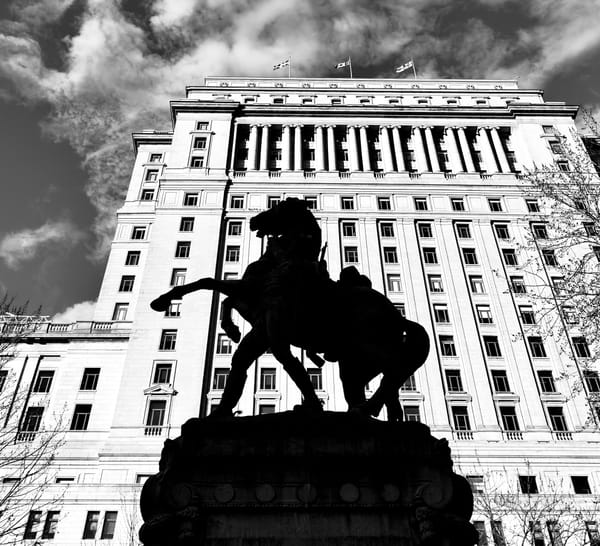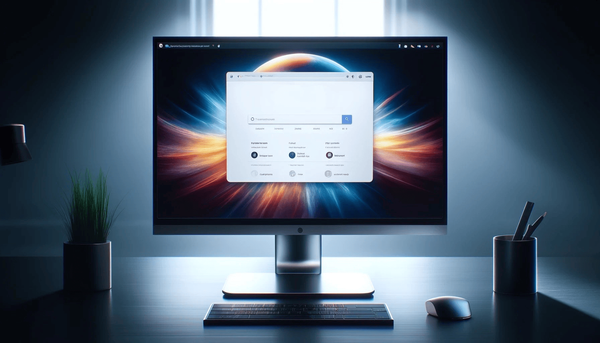Remembering My Story of Owning a Macintosh SE — 1987-1990
Two Floppy drives, Expandability, a Platinum Finish and A Noisy Fan. My university years Mac.
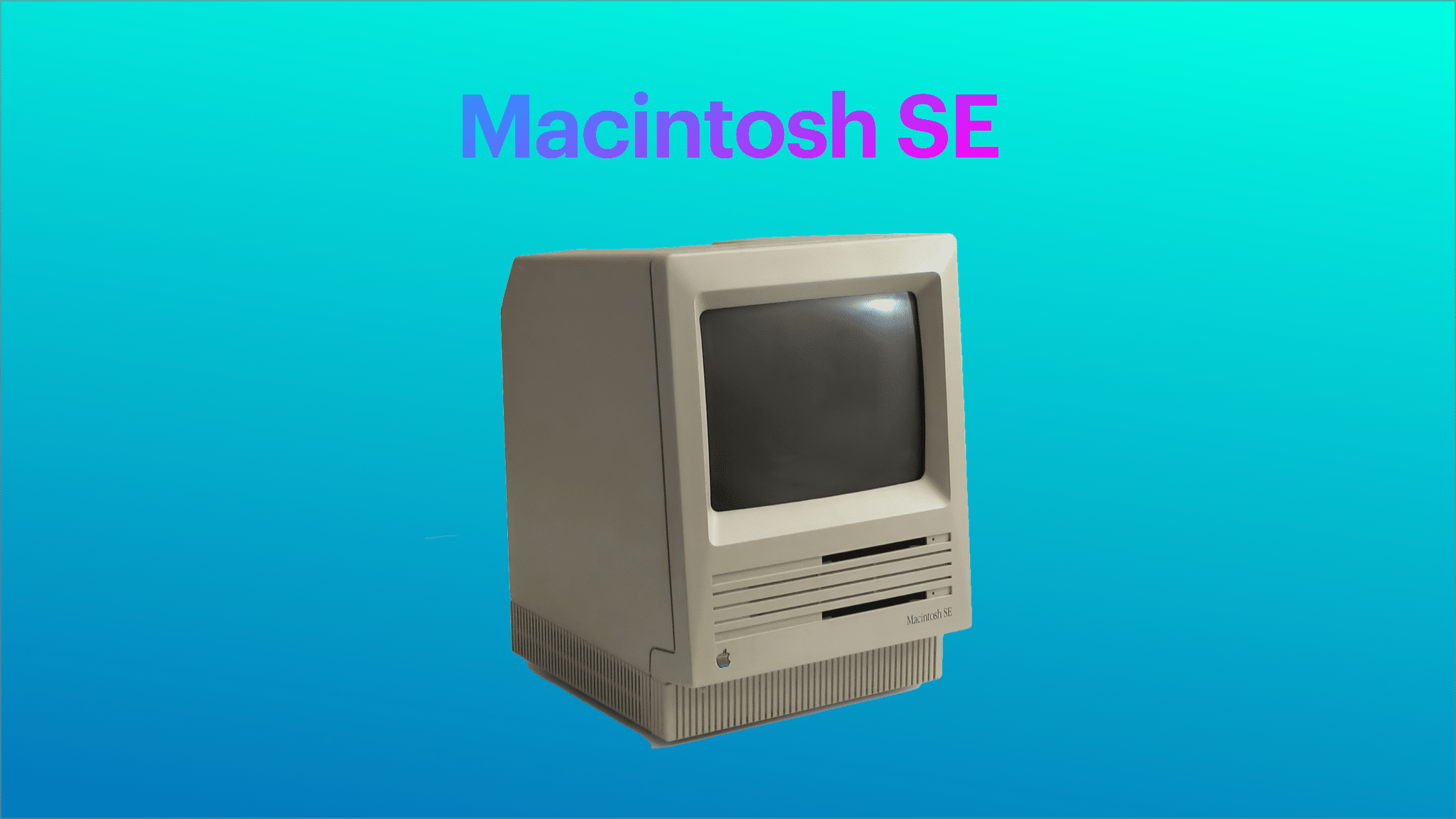
Apple’s influence on me made me choose the information technology field for my career (don’t miss “The Roots of My Passion for Apple” for more on that subject). I studied computer science from 1987 to 1993. I got my bachelor’s degree in 1990 and my master’s degree in 1993. The Macintosh SE was a big part of my first three university years as an undergraduate. I think I bought the Macintosh SE in the summer preceding my debut as a university student.
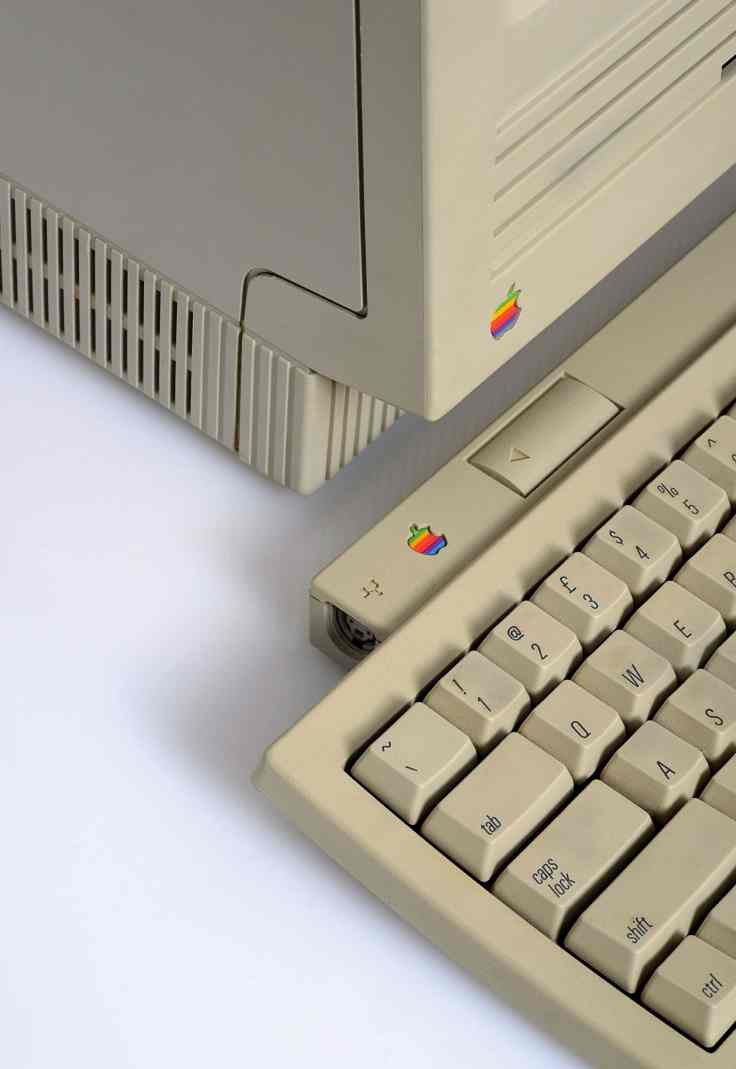
The Macintosh SE came with two 800K floppy drives. An updated model supporting 1.4 MB floppies had the “FDHD” label printed underneath the Macintosh SE label, and many people, including me, didn’t like it. Nonetheless, having two floppy drives was a godsend. At the time, switching floppies while working on the Mac was painful and distracting. PC users made fun of Mac users just because of those numerous floppy swaps. A higher-end model with an internal hard drive took the upper slot, but it was too expensive for me to buy. Eventually, I got an external hard drive made by a third-party manufacturer. The problem is that I can’t remember anything about it: how much did I pay (maybe around 700 CAN$), which model it was and how much capacity it had. I remember buying it from one of my computer science teachers. Besides an expansion slot that I never took advantage of, the SE came with a new design keyboard using the then famous Apple Desktop Bus. The mouse was connected to the keyboard and the latter to the Macintosh.
From a design perspective, the new platinum colour and a less clean design were the most visible changes from the original Mac. I wasn’t too fond of the use of vertical stripes at the bottom of the case instead of a cleaner surface. Horizontal stripes were also present on the front panel, making it look overly designed. I don’t think It was Apple’s best design overall. The Macintosh SE/30 came after the SE had an improved and cleaner front design. Contrary to its predecessor, The SE had no ventilation grilles on the top of the machine, which prompted Apple to put a fan to keep it cool. It was another departure from the original Macintosh, which was completely silent.
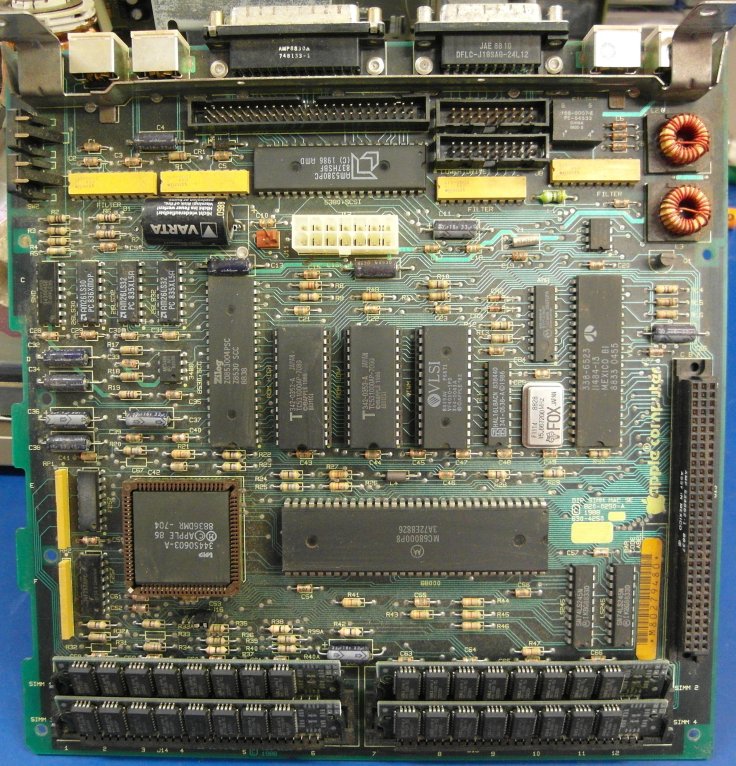
The Macintosh SE came with a noisy fan to cool it down. It wasn’t only a departure from the original Macintosh. It was annoying1. It was the first Macintosh to come with such a fan, something that despised Steve Jobs (he was no longer working at Apple in 1987, btw). Here is a quick anecdote about the Macintosh SE and its internal fan. Computer clubs were trendy at the end of the eighties, especially Macintosh User Groups (MUG). I was a member of the then famous Montreal Macintosh User Group2. During one of the monthly meetings at McGill University’s main auditorium, a special guest was Jean-Louis Gassée from Apple. It was a big happening for the club. I’m not sure why he was invited. Maybe he was invited to promote the Macintosh SE, developed under his tenure as advanced product development director. What I do remember, though, is the Q&A session at the end of his presentation. Just before he was about to leave the place, people gathered around him, like an impromptu press conference. The issue of the noisy fan included in the Macintosh SE came up. I remember him admitting that they made a mistake and would tweak it to make it more silent, which they did before the SE was killed in October 1990. Jean-Louis Gassée left Apple the same year; he didn’t work on the SE successor, the SE/30. You can view my short conversation about this short story with Mr. Gassee on Twitter in 2019.
I did all my bachelor’s degree assignments on the Macintosh SE and printed them on an HP inkjet printer, which was pricey. One of the most significant projects I did was a floppy disk cataloguer using Pascal language (Think Pascal compiler, see it in action on YouTube), a code generator named “Prototyper” that would create the basic application’s source files structure, complete with the UI handling, and the renowned ResEdit3. It was an enormous undertaking for an undergraduate. It’s also one of my first profound programming experiences. To connect to the science department’s PDF-11 computer, I had a “fast” 2400 bauds modem with a terminal emulator application using the TTY protocol. I can’t remember which application it was. By looking at this list of software available at the time, I think it was named “Kermit” 4. I remember using utilities like StuffIt for file compression and archiving, AutoDoubler to double the space on the hard drive by compressing its content at a very low level, Anarchie, an FTP client, used to upload files to the university’s servers, mostly SunOS machines.
That’s the story behind my three years with a Macintosh SE. I don’t remember how I got rid of it, though. Don’t miss my other stories, owning a Macintosh Plus, an original Macintosh and the explanations behind this documentation project.
Artifacts & references
Images
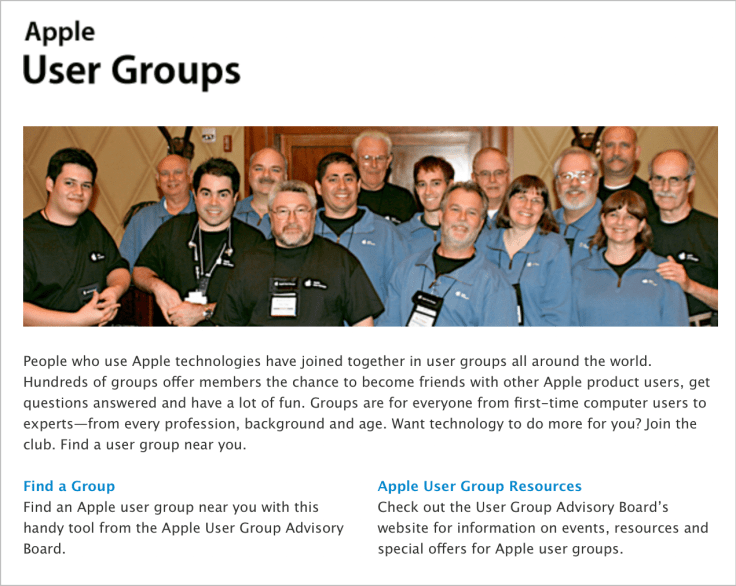
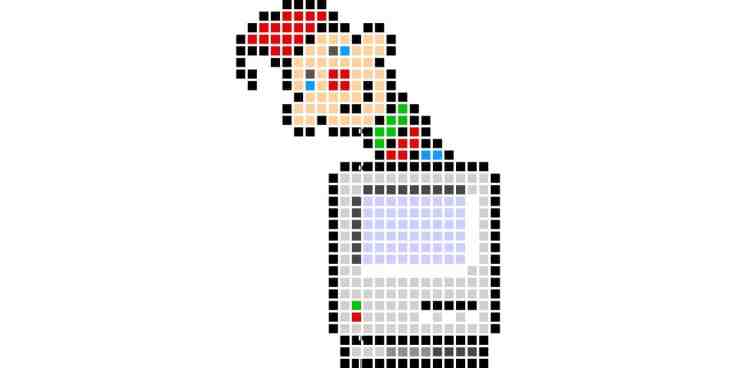
Links
- Apple Macintosh SE (1987) Full Tour, Start Up and Demonstration on YouTube.
- Think Pascal 4.0 in action on YouTube.
- User groups are important ressources according to Apple.
